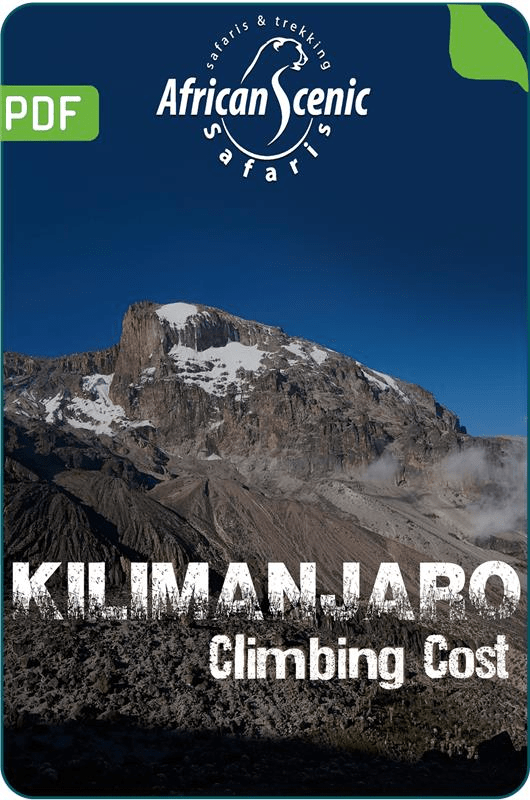
Hannah W / Sep 2022
The best company out there!
African Scenic Safaris were Amazing. We were a large group of students who climbed Kilimanjaro with them and went on a safari in Tarangire National Park.

Johanna S/ Apr 2025
Great experience on Safari.
The guide was absolutely fantastic. Emanuel was present answering questions and not least telling a lot like the animals.

Gabriella M/ Feb 2025
Amazing experience
We relied on African Scenic Safaris for organising a 5 days safari. Nembris provided us with suggestions for the itinerary through Serengeti.





















 African Scenic Safaris #1 on TripAdvisor
African Scenic Safaris #1 on TripAdvisor 




